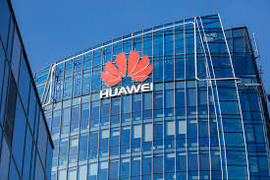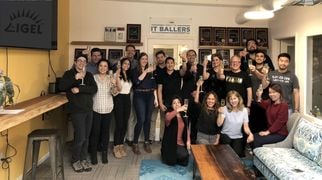Some good friends and I keep a dialogue going about the industry. We don't make public our views, so as to protect the people from being exposed with their views versus their consulting / job opportunities.
A thread that I thought was intriguing was about the reason SMS / txting has not been successfully bypassed by IM. It may be that the price is right to avoid the cross elastics.
But I think there is a simpler answer. Signalling on IM on a mobile phone requires a learning curve and a redirection, while texting is via SMS is an embedded application. So the cost to do the IM is in the time, and the cost to do the SMS is nominal.
I bring this up, because of the discussion about
Apple's iPhone coming to China. In the article IDC states that about 7% of the iPhone market share is in Asia. Previously, I have pointed out that Telefonica has not gotten the boost ATT has from the iPhone.
I think China Unicom will have a big enough market that the opportunity itself will change the marketshare. While Touchscreens are hot according to the article and my expectation is that will point to more gaming being done and less phone calls.
The reality is that Kanji characters are very easily navigated by the Asian market with alphabetic keyboards. Spelling phonetically on the alpha the kanji characters appear on the screen until the option of four or five appears and bingo they mouse over to it.
It will be interesting to see if the that kind of a mix on a touch screen can be duplicated. On my gPhone, this feature is less that spectacular for english, so the touch screens may be need to go through a few generations of optimization for this to work properly.
But the iPhone is to fun not to be bought and with China's software development capability, I have high expectations for the App Store, although it may be jointly owned with China Unicom in the end due to China's restrictions.
Tags: Apple, China Unicom, IM, SMS, Txt, gphone, iPhone, txting
















